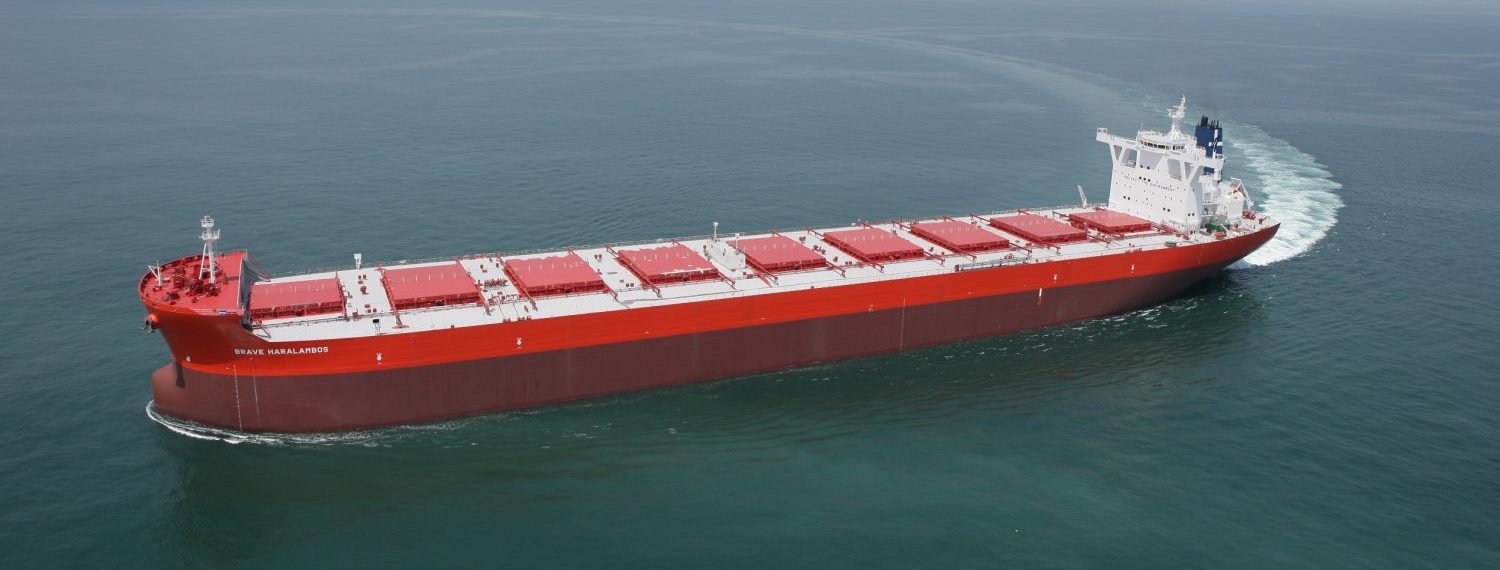About
Learning lessons from incidents and casualties and sharing experiences have proven to be effective approaches to raising safety awareness and are vital to deepening understanding and knowledge of existing rules, regulations, and skills. Continued focus on safety awareness and safety measures helps to close gaps in understanding and reduces the potential for similar casualties involving bulk and ore carriers.
All too frequently however, there is a significant delay between the time at which a report, or an initial report, is submitted by an accident investigating organisation and the point at which that information becomes publicly available. Industry observation reveals that some investigations focused on the immediate causes but demonstrated a lack of effort to understand the root cause of the incidents.
The bulk carrier industry should not be reluctant to make bold changes to ship design in order to further improve the safety and survivability of dry bulk vessels. Flag state reports of casualties must question and strive to alter existing SOLAS, MARPOL, LOADLINE, IMSBC Codes, and conventions if crew lives are to be saved.
Every year, the INTERCARGO Bulk Carrier Casualty Report provides an analysis of casualty statistics covering the previous 10 years. During the 10-year period from 2015 to 2024, it was reported that 20 bulk carriers over 10,000 deadweight tonnage (dwt) were lost with the death of 89 seafarers. Cargo liquefaction remains the most significant contributor to loss of life and grounding remains the most significant cause of ship losses.
Significant loss of life has been attributed to cargo liquefaction, with three (3) casualties 15.0% of the total) resulting in the highest loss of lives – 55 or 61.8% of the total loss of life in the past ten years. Cargo liquefaction remains the most significant contributor to loss of life. The most common reported cause of ship losses has been grounding, with nine (9) losses or 45.0 % of total losses.
Statistics of ship losses and consequential seafarer fatalities taken from INTERCARGO Bulk Carrier Casualty Reports since 1994 suggest that the safety performance of the bulk carrier industry is heading in the right direction, with a clear trend of improvement. The average life loss per ship casualty was 4.45 during the ten-year period between 2015 and 2024, 4.24 during the ten-year period between 2014 and 2023, 3.41 between 2012 and 2021, and 52 between 1994 – 2003. However, there is no room for complacency and there are still opportunities for further improvement by re-evaluating and implementing enhanced measures to address cargo safety and safe navigation, thereby striving to eliminate losses in the future.



